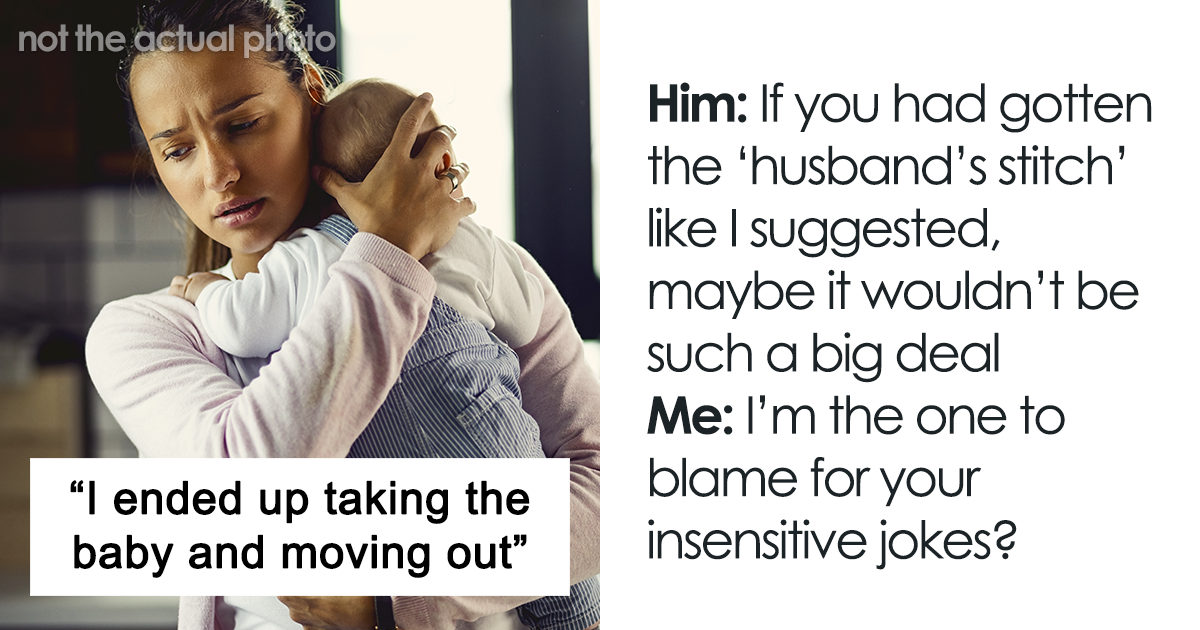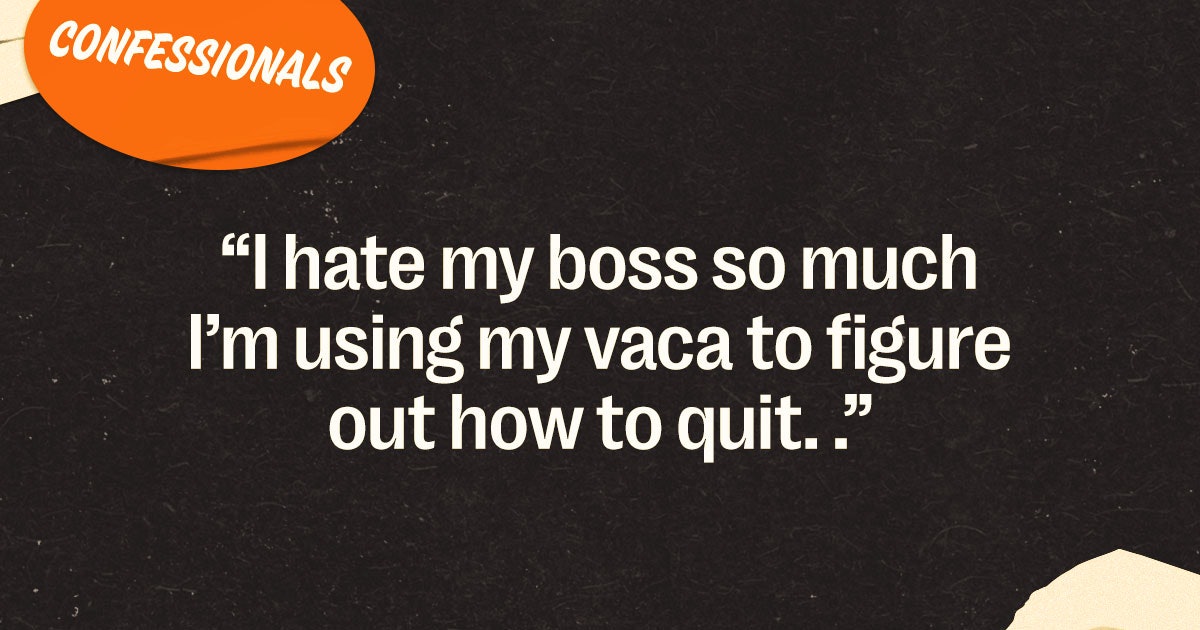
In this modern digital age, technology has seeped into every part of our lives, including the way we tip. Some may view it as a clever tactic, while others may see it as a sneaky way for businesses to encourage larger tips. Imagine this scenario: you’re having a delightful meal at your favorite local restaurant. When the bill arrives, you notice a discreet message on the touchscreen device suggesting a tip of up to 40%. Is it a subtle reminder from technology or just convenience? Welcome to the world of “tipflation,” where tipping has taken on a whole new meaning.
But there’s more to this story. A spokesperson from Square, a popular payment platform, has disclosed an intriguing secret. It’s not just about the percentage; some businesses are factoring in the sales tax into their suggested tip calculations, causing the total gratuity to skyrocket. As the Square representative explains, “Sellers choose whether tips are calculated before or after taxes.” This choice can have a significant impact, especially for larger groups. Depending on your state’s tax laws, you might unknowingly be tipping an extra 10%, leaving many customers confused.
In the midst of this gray area, experts from the renowned Emily Post Institute shed light on the tipping dilemma. They recommend tipping between 15% to 20% based on the pre-tax total at sit-down restaurants. This straightforward guideline ensures transparency and fairness.
However, it’s important to note that tipping isn’t obligatory for takeout orders, according to these experts. Nevertheless, in the digital age, the lines have blurred, and many people feel compelled to tip, especially when prompted by a tablet or smart card reader. A recent report by Forbes Advisor reveals that nearly 75% of Americans confess to leaving higher tips in the digital realm.
Guilt plays a significant role in our decision-making, and tipping is no exception. Approximately 31% of Americans admit to feeling pressured to “pay it forward.” This phenomenon, known as “guilt tipping,” is on the rise due to our constantly connected, tech-savvy society.
Some establishments take it even further. Certain restaurants have made a good tip a mandatory gesture by adding an 18% or 20% gratuity to checks, even for solo diners. For instance, Jack Sinanaj, owner of Empire Steak House, plans to implement this policy to accommodate international tourists who may not be familiar with American tipping customs. However, not all professionals in the hospitality industry support this approach.
Kyung Il Lee, managing partner of Sagaponack, a seafood restaurant, opts to rely on the generosity of patrons rather than enforce a mandatory gratuity. He has found that most customers willingly tip around 20%, eliminating the need for compulsion.
Outside the realm of tipping, recent months have witnessed surprising fees appearing on bills. Phrases like “wellness charge” and “cost of living” fee have left consumers baffled. Some establishments have even introduced a “bad parenting” fee, leaving customers shaking their heads in disbelief.
In a surprising twist, tip jars are popping up in unexpected places, such as dry cleaners and hardware stores. These businesses, which traditionally never sought gratuities, are now boldly requesting them. Even online establishments have jumped on the tipping bandwagon, encouraging customers to tip employees they’ve never met.
As the world of tipping continues to evolve, one thing remains certain: the conversation is far from over. From touchscreen prompts to unexpected fees, the art of persuasion has taken center stage in the realm of gratuity. So, the next time you dine out or shop online, be on the lookout for those subtle nudges. After all, the choice to tip generously should always be yours.






